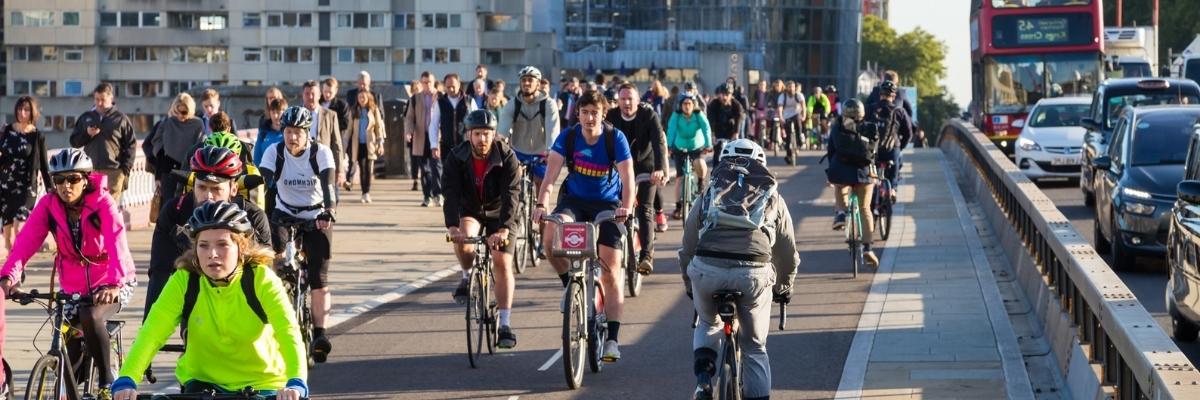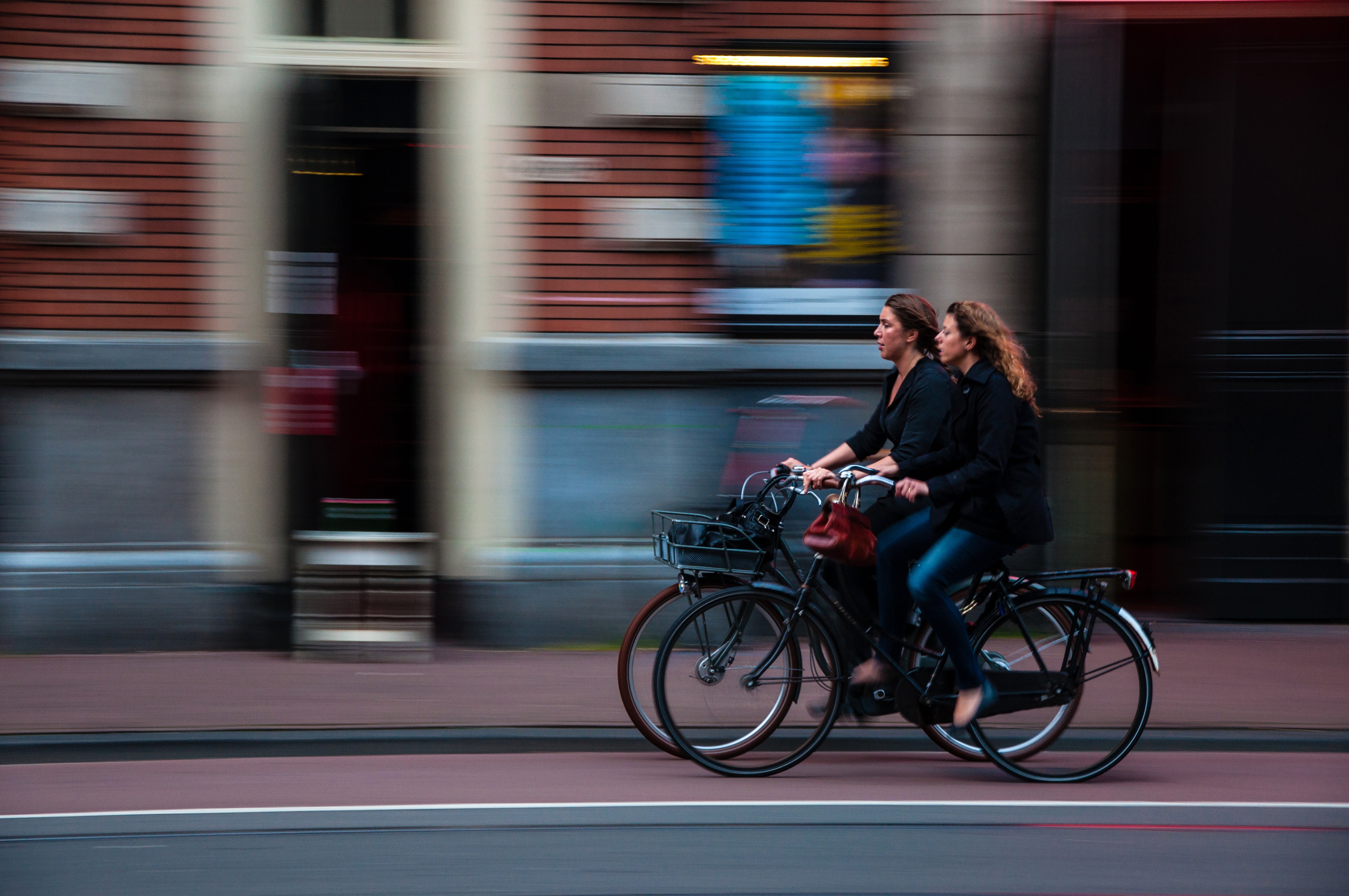Blog | 12 February 2024
People need to become more aware of the dangers of electric bicycles

‘Not enough is being done to warn about the dangers of riding electric bikes and scooters. The consequence is more accidents and thus more injuries,’ says Elise De Puysseleyr, a personal injury lawyer at the law firm Intolaw.
How do you view 'the business case for road safety'?
‘There are several aspects to that business case. Firstly, it's the government that invests: money is spent on infrastructure, in particular. In return, improvements to the infrastructure typically result in fewer accidents. Fewer accidents lead to less damage to vehicles, but from the government's perspective, it also leads to fewer personal injury cases. Those are costly for various reasons.’
Investing in road safety costs money, but is it earned back?
‘It's more complex. It's not just about the investments made by the government. Traffic enforcement, clearly another governmental responsibility, is of significant importance as well.’
Can you elaborate?
‘There are two aspects to this. When the government enforces laws more strictly, it leads to increased income from fines and legal proceedings.’
‘Additionally, there's a positive impact from stricter safety measures. Consider the introduction of alcohol locks, enhanced surveillance, and so-called rehabilitation investigations: medical and psychological assessments enforced after incidents of drunkenness or repeat offences. Such measures result in more cautious behavior among road users or even prevent them from driving, especially in cases of intoxication. Ultimately, this leads to a decrease in the number of traffic victims – and thus reduces damage and costs for the government, effectively earning back the initial investment.’

When you outline it that way, it seems straightforward what the government needs to do regarding the rise of e-mobility: enhance road safety through investments and at the same time strictly enforce traffic regulations.
‘Unfortunately, it's not that simple. Not all policies are effective. For example, the multitude of different rules for different vehicles poses a problem. For users of new modes of transport such as electric scooters, it's often unclear how they should behave in traffic.’
Could you give a specific example?
‘Fast electric bikes and e-scooters have their own sets of rules. Other electric bikes, on the other hand, fall under the standard traffic rules. The potential speed and power of the electric motor distinguish between the two categories.’
‘The speed pedelec or fast scooter must, depending on the location, either use the bike lane or the roadway. Additionally, a driving license and license plate are required, and wearing a helmet is mandatory.’
‘As for e-scooters with a maximum speed of 25 kilometers per hour, new regulations have been in place since 1 July 2022. For instance, the use of e-scooters is prohibited for those under 16 years of age. It's also forbidden to use them on sidewalks. Finally, in Belgium, it's illegal to carry passengers on an e-scooter, and specific parking zones are designated.’

This can get confusing. What do you advocate for?
‘I advocate for awareness, or rather, raising awareness of the dangers of riding electric bikes and e-scooters. A change in mindset is necessary. The effectiveness of a mindset approach is evident from anti-alcohol campaigns. A major success is the European BOB campaign, which was launched in Belgium in 1995.’
‘Additionally, enforcing the rules for new modes of transport is a point of concern. This has not yet been prioritized. There's a tendency to focus on routine checks of traditional traffic issues: mobile phone use, speed, alcohol, and drugs among motorists. The government does not sufficiently address the impact of new modes of transport on road safety.’
Finally, what is the main issue with road safety in Brussels?
‘The significant presence of e-scooters. Their users come from all directions and pay little regard to other road users, leading to various consequences. Moreover, an accident involving an e-scooter is more likely to result in personal injury, given that these users are more vulnerable.’
Download
Urban Road Safety Index 2023
Around the world, local governments have a goal: Vision Zero. No more road fatalities by 2050.
The world of mobility and road safety is constantly changing. There are new ways of getting around, such as shared rides and electric cars. Cycling is also increasingly demanding a safe place in traffic.
We conducted a survey called the Urban Road Safety Index. In 2023, we asked 7,515 people who use the roads in 25 European cities.
We wanted to know how safe they feel when they are on the road. We also asked whether they avoid certain traffic situations and whether residents are waiting for all this (electric) shared mobility in traffic at all.
